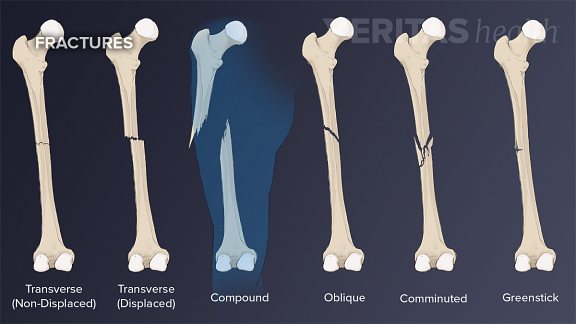Oh wow, it's already the fourth week of class. Welcome back and get ready to learn about manipulative skills because that's what we did in today's session.
Let's make this easy for explaining, Manipulative skills, in simpler terms, is the ability to manipulate things or objects with the help of a combination of several body parts.
Training the body to perform physical movements is necessary for the all-round development of the child. More importantly, these activities must begin at a young age so that the child can reap the following benefits -
Healthy growth and development
Building strong muscles and bones
Development of basic motor skills
Improved sense of movement, balance, and coordination
Development of mental faculties
Improved social interactions, a heightened sense of confidence
Healthy weight and frame.
There are certain activities that are quite useful when it comes to developing manipulative skills in which was discussed in class and demonstrated in the practicals. They are listed as follows -
Throwing
Throwing is an activity that engages the arms, hands, and the shoulders. In the initial stages, the child will have to learn how to expertly grip the object which needs to be thrown. Once she gets a good grip, she will learn to employ her elbow in order to throw the object, and use her hands to release it. With practice, she will learn to make use of her shoulder to exert more force, and eventually master the skill by making use of her upper body to swing into action before throwing with greater force.
Catching
Catching is another fun-filled activity which is enjoyed by children of all ages. It is instrumental in developing hand-eye coordination in children. To begin with, children will be clumsy while taking a catch, but they must be encouraged to pick the fallen ball and throw it back. Practice is the key here, so the training must be consistent. Besides balls, use a variety of objects during practice sessions, like balloons, ribbon strips, sponges, etc.
Kicking
Kicking involves lower body movements, and begins by making use of the leg to move a stationary ball. Though the leg is the focal point in this activity, children must be taught to swing their arms, and steady their hips in order to maintain balance while kicking. Once these movements are mastered, running can be combined with kicking a ball along an obstacle course










